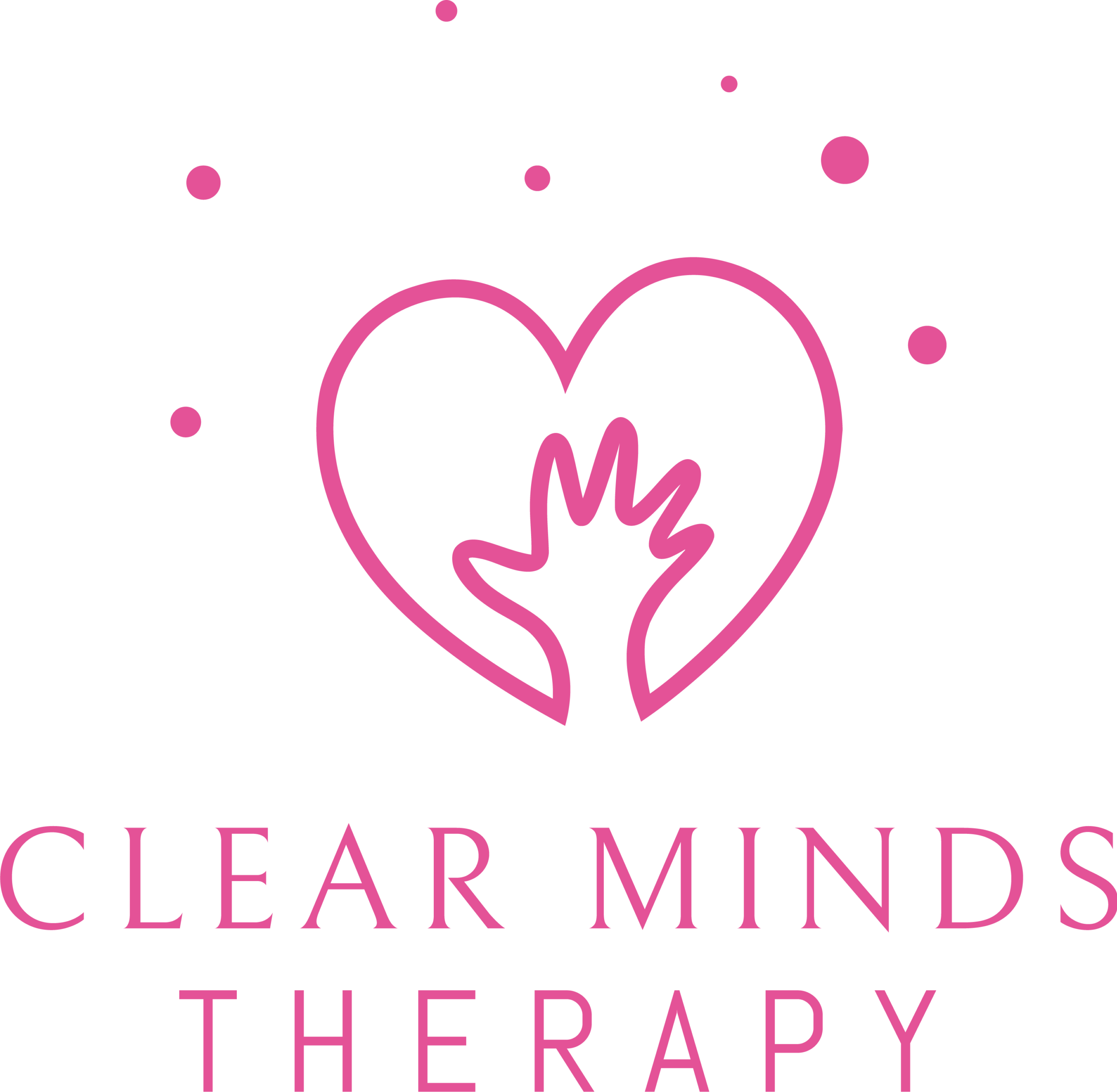The world may have moved on from lockdowns, masks, and social distancing, but for many, the emotional aftermath of the pandemic still lingers. Whether you’re an adult navigating a return to the workplace, or a child facing a noisy classroom again, post-pandemic anxiety is real, and more common than we think.
While COVID-19 may no longer dominate headlines, its psychological ripple effects continue to shape how we live, interact, and feel. Understanding this type of anxiety and how to manage it can help families and individuals move forward with confidence and care.
What is Post-Pandemic Anxiety?
Post-pandemic anxiety is a broad term that describes ongoing feelings of fear, worry, or unease in response to life returning to “normal” after the global COVID-19 pandemic. For some, this may be linked to health-related fears. For others, it’s social anxiety, adjustment difficulties, or trauma stemming from the pandemic experience.
It can manifest in a variety of ways, including:
- Worry about catching or spreading illness
- Fear of crowds or public transport
- Difficulty returning to school or work
- General unease in social settings
- Trouble sleeping or focusing
- Clinginess or separation anxiety (especially in children)
Why Does This Happen?
Our brains are wired to protect us. During the pandemic, we were conditioned to avoid contact, stay home, and treat others as potential risks. This led to prolonged stress responses, disrupted routines, and social withdrawal. For many, that created new patterns of fear-based thinking that didn’t automatically switch off once restrictions were lifted.
Children, in particular, may struggle to understand why the “rules” keep changing. After years of being told that closeness could be dangerous, it’s no surprise that some feel overwhelmed or reluctant to dive back into social life.Adults: Recognising and Managing Your Anxiety
As adults, we often try to “power through” our discomfort, but ignoring anxiety doesn’t make it disappear. Here are some ways to manage post-pandemic anxiety in a grounded, healthy way:
- Acknowledge It
It’s okay to feel anxious. Give yourself permission to feel what you’re feeling without self-judgment. This normalises your experience and reduces internal conflict.
- Rebuild at Your Own Pace
Gradually reintroduce activities that once felt normal. Start small, then build from there.
- Limit Exposure to Negative News
The media can still trigger pandemic-related fears. Try limiting how often you consume news and seek balanced, reputable sources.
- Use Grounding Techniques
When anxiety strikes, practice grounding:
- Focus on your breath (inhale for 4, hold for 4, exhale for 4)
- Name 5 things you can see, 4 you can feel, 3 you can hear, 2 you can smell, 1 you can taste
- Remind yourself: “I am safe. I am here. This feeling will pass.”
- Seek Support
Whether it’s talking to a friend, therapist, or GP, don’t suffer in silence. Many adults are still processing grief, trauma, and burnout from the pandemic. You don’t need to do it alone.
Children: Helping Young Minds Feel Safe Again
Children are particularly sensitive to change, and many experienced disrupted education, missed milestones, and confusing messages over the past few years. Here’s how adults can support children through their post-pandemic worries:
- Talk Honestly and Simply
Children pick up on stress, even if we don’t talk about it. Create a space where they can express their fears and ask questions. Use age-appropriate language, and be honest about uncertainty while reassuring them they are safe.
- Re-Establish Routines
Routines offer predictability, which helps children feel safe. Reinforce regular bedtimes, screen limits, meals, and activities. Structure is calming for anxious brains.
- Validate Their Feelings
Avoid phrases like “Don’t be silly” or “There’s nothing to worry about.” Instead, say things like:
- “It makes sense you’re feeling nervous.”
- “You’re not alone in feeling this way.”
- Model Healthy Coping
Children take their cues from adults. Show them how you manage your own anxiety with calm breathing, self-care, and open communication. This teaches resilience by example.
A New Normal—At Your Speed
There’s no “correct” timeline for recovery. Everyone’s experience of the pandemic was different, so it makes sense that our paths back to confidence and calm will vary, too.
Some people may feel relief, others may carry grief, health concerns, or social apprehension. All are valid. People lost people during the pandemic, whether that be through death or the contact of those close to them, this has a huge impact on both adults and children.
When to Seek Help
Sometimes, post-pandemic anxiety becomes more than a passing feeling. If you or your child experience:
- Persistent avoidance of everyday tasks
- Sleep or appetite disturbances
- Panic attacks
- Constant worry
- Withdrawal from social life or school refusal
- Worries about illness or getting sick that impact daily life.
… it may be time to seek professional support. Counsellors, therapists, and mental health charities can offer strategies and support tailored to your needs.
Post-pandemic anxiety isn’t a sign of weakness, it’s a human response to an extraordinary experience. Be kind to yourself and your loved ones. With time, support, and the right strategies, you can learn to feel safe and connected in the world again.

